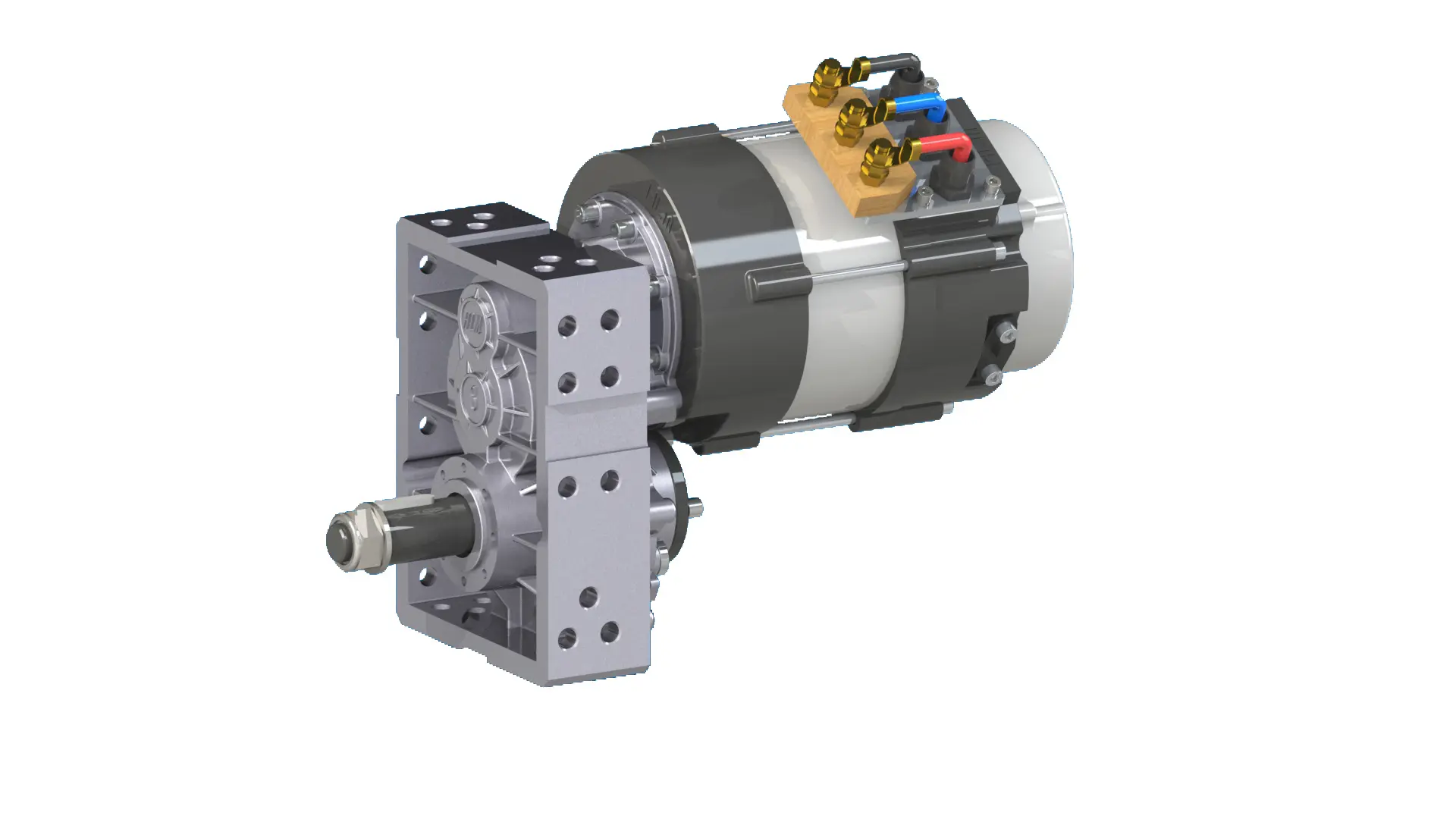The Impact of Electric Transaxles on City Traffic Congestion
In today’s rapidly evolving world, the automotive industry is undergoing a significant transformation with the rise of electric vehicles (EVs). As a crucial component of EVs, electric transaxles play a vital role not only in the performance of these vehicles but also in shaping the future of urban transportation. This blog post delves into the impact of electric transaxles on city traffic congestion, exploring how they contribute to reducing congestion and improving the overall efficiency of urban traffic flow.
The Basics of Electric Transaxles
Before we delve into their impact on traffic congestion, it’s essential to understand what electric transaxles are. An electric transaxle is a combination of the transmission and axle of an electric vehicle, designed to transfer power from the electric motor to the wheels. Unlike traditional internal combustion engine transmissions, electric transaxles are more compact, efficient, and capable of providing instant torque. These characteristics make them well-suited for the stop-and-go nature of city driving.
How Electric Transaxles Contribute to Reduced City Traffic Congestion
Increased Adoption of Electric Vehicles
The increasing availability and advancement of electric transaxles have made EVs more appealing to consumers. As more people opt for EVs over conventional gasoline-powered vehicles, the number of vehicles on the road that produce zero tailpipe emissions increases. This shift has several implications for city traffic congestion:
Lower Emissions: EVs produce zero tailpipe emissions, which helps reduce air pollution in urban areas. Cleaner air can lead to healthier populations and potentially fewer instances of traffic congestion caused by accidents or reduced visibility due to smog.
Quieter Operation: The quiet nature of EVs can result in a more pleasant urban environment. Reduced noise pollution may have a positive impact on the well-being of city dwellers, indirectly affecting their driving behavior and potentially leading to more efficient traffic flow.
Enhanced Vehicle Efficiency and Performance
Electric transaxles enable EVs to achieve higher levels of efficiency and performance. Here’s how this can influence city traffic congestion:
Instant Torque and Smooth Acceleration: Electric transaxles provide instant torque, allowing EVs to accelerate smoothly and quickly from a standstill. This can help maintain a more consistent traffic flow, as vehicles can merge into traffic or accelerate from traffic lights more efficiently, reducing the stop-and-go patterns that often contribute to congestion.
Regenerative Braking: Many EVs equipped with electric transaxles feature regenerative braking systems. When the vehicle decelerates or brakes, the electric motor acts as a generator, converting some of the kinetic energy back into electrical energy to recharge the battery. This technology not only extends the vehicle’s range but also reduces the wear and tear on brake systems. As a result, vehicles may require less frequent maintenance, leading to fewer breakdowns and accidents on the road, which can be significant causes of traffic congestion.
Integration with Smart Transportation Systems
Electric transaxles, along with other EV technologies, are increasingly being integrated with smart transportation systems. This integration can have a profound impact on city traffic congestion:
Connected and Autonomous Vehicles: As vehicles become more connected and autonomous, they can communicate with each other and with infrastructure to optimize routing, speed, and spacing. Electric transaxles, as a key component of EVs, will play a role in enabling these advanced features. For example, vehicles can receive real-time traffic information and adjust their speed accordingly to avoid congested areas or traffic jams.
Vehicle-to-Grid (V2G) Technology: Some EVs with advanced electric transaxles are capable of V2G communication, allowing them to send power back to the grid when not in use. This technology can help stabilize the grid and reduce the need for new power plants, which can have indirect benefits for traffic congestion. Additionally, V2G-enabled vehicles can potentially be used as mobile energy storage units, providing power to support traffic management systems and other infrastructure during peak demand periods.
Changes in Urban Mobility Patterns
The rise of electric transaxles and EVs is also leading to changes in urban mobility patterns, which can affect city traffic congestion:
Shift to Public Transportation and Shared Mobility: As EVs become more prevalent, there may be an increase in the availability of electric public transportation and shared mobility services. Electric buses, shuttles, and ride-sharing vehicles can provide more efficient and sustainable transportation options for city residents. By reducing the number of individual vehicles on the road, these services can help alleviate traffic congestion.
Micro-Mobility Solutions: Electric transaxles are also used in micro-mobility devices such as electric scooters and electric bicycles. These devices offer a convenient and eco-friendly way for people to travel short distances within cities. As more people opt for micro-mobility solutions instead of driving their personal vehicles, there can be a reduction in the number of cars on the road, leading to less traffic congestion.
The Future Outlook
Looking ahead, the impact of electric transaxles on city traffic congestion is expected to grow even further. As technology continues to advance, electric transaxles will become more efficient, powerful, and affordable. This will accelerate the adoption of EVs and the expansion of smart transportation systems. Additionally, urban planners and policymakers are increasingly recognizing the importance of sustainable transportation solutions and are likely to implement more policies and initiatives that support the use of electric transaxles and EVs.
In conclusion, electric transaxles play a significant role in shaping the future of urban transportation and addressing the issue of city traffic congestion. Through their contribution to the increased adoption of EVs, enhanced vehicle efficiency and performance, integration with smart transportation systems, and influence on changes in urban mobility patterns, electric transaxles are helping to create more efficient, sustainable, and livable cities.
Post time: Jul-04-2025


